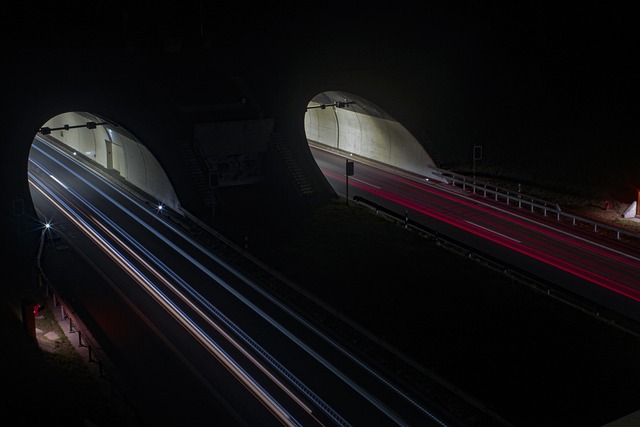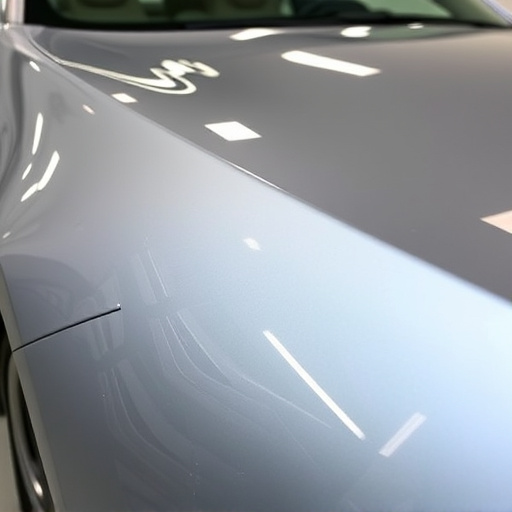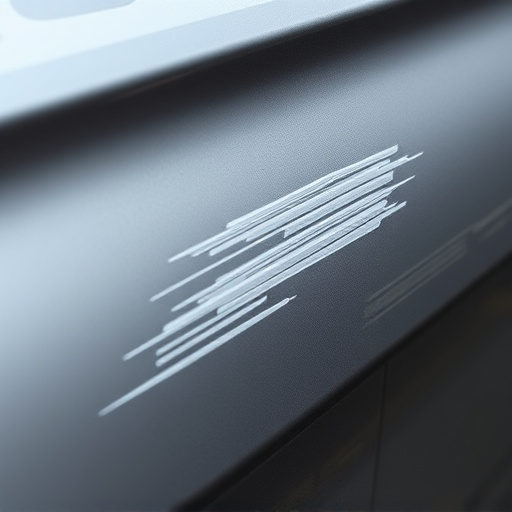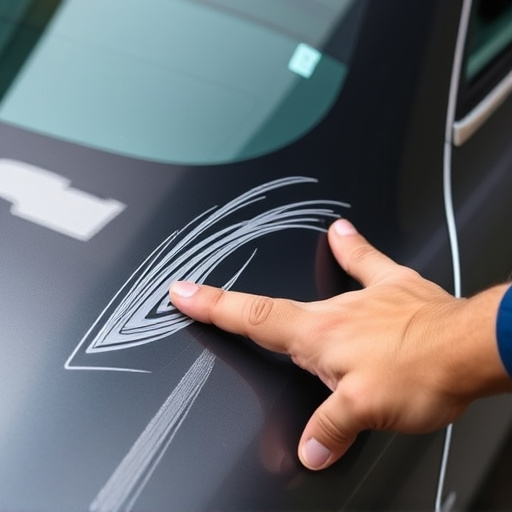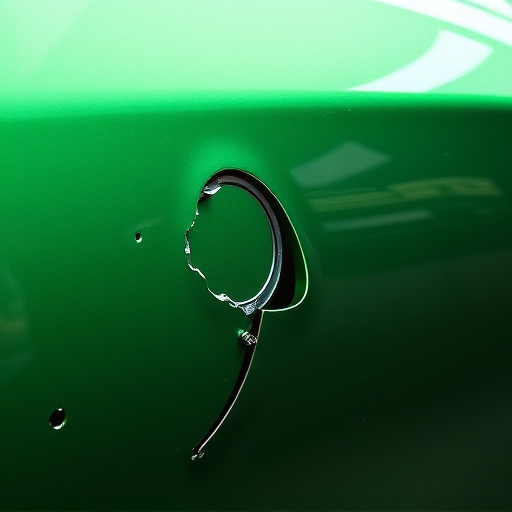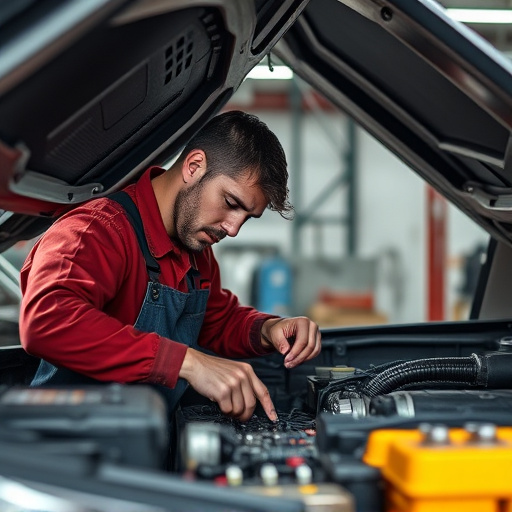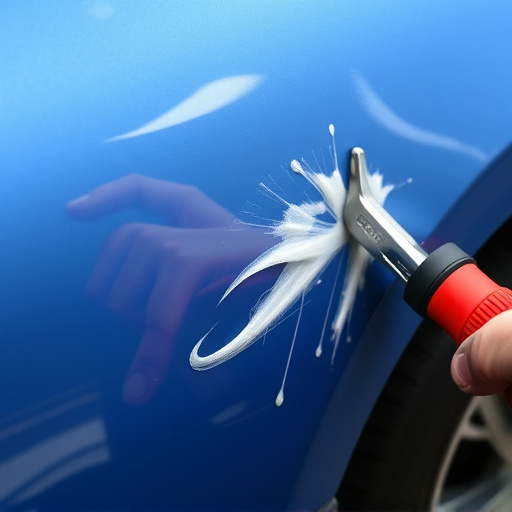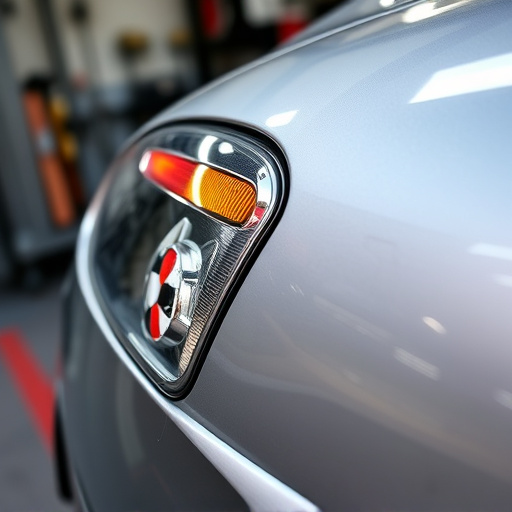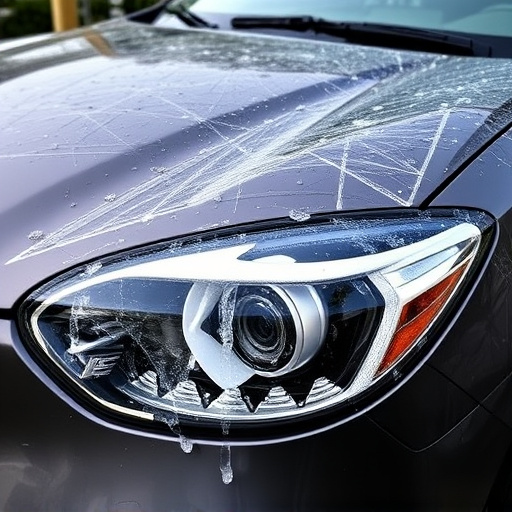Tesla drive unit (DSU) inspections involve checking connections, testing sensors, and verifying software integrity using diagnostic tools for precise issue identification and efficient repairs. Common problems include in-car entertainment malfunctions and inaccurate sensor readings, caused by faulty connections, software glitches, misaligned sensors, or corrupted data. Basic troubleshooting resolves minor issues; severe cases require specialized body shops and regular maintenance for optimal performance.
Tesla’s Drive Unit is a complex system that powers their innovative all-electric vehicles. A thorough inspection using specialized diagnostic tools is essential for maintaining optimal performance and addressing potential issues early. This article guides you through the process, from understanding the key components to employing efficient inspection techniques. We’ll also highlight common problems and offer troubleshooting tips, ensuring you’re equipped with the knowledge to perform comprehensive Tesla drive unit inspections.
- Understanding Tesla Drive Unit Components
- Using Diagnostic Tools for Efficient Inspection
- Common Issues and Troubleshooting Tips
Understanding Tesla Drive Unit Components
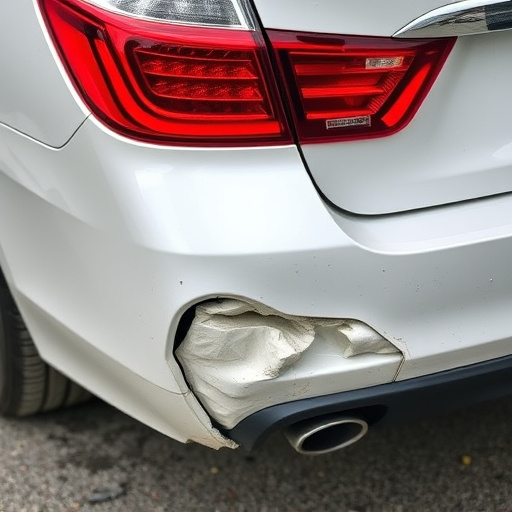
The Tesla Drive Unit (DSU) is a complex system at the heart of every electric vehicle’s performance and functionality. It serves as the brain and muscles of the car, controlling acceleration, braking, and managing power distribution. During a Tesla drive unit inspection, technicians delve into this intricate network to ensure optimal performance and longevity. The DSU comprises various components like the motor controller, inverters, and power electronics, all working in harmony to deliver seamless driving experiences.
Understanding these parts is crucial for both car repair shops and enthusiasts alike. A thorough inspection involves checking connections, testing sensors, and verifying software integrity. Many car body restoration specialists now incorporate Tesla diagnostic tools into their arsenal, enabling precise identification of issues and facilitating efficient repairs, ultimately enhancing the overall vehicle’s health and performance.
Using Diagnostic Tools for Efficient Inspection
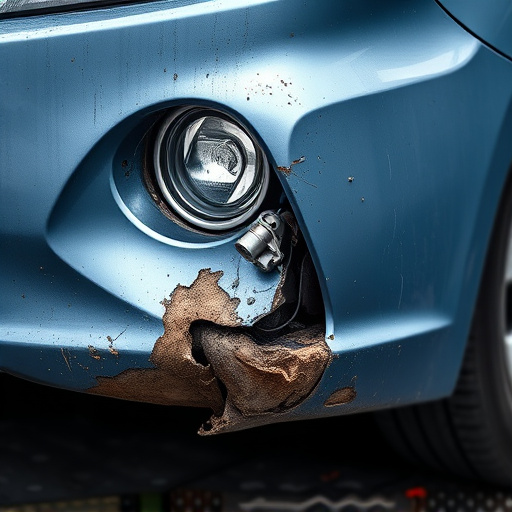
Using diagnostic tools designed specifically for Teslas streamlines the inspection process, making it more efficient and accurate than ever before. These advanced tools allow technicians to quickly identify issues with the Tesla drive unit, from software glitches to hardware problems, by accessing real-time data and diagnostics directly through the vehicle’s system. This not only saves time but also ensures that every component of the drive unit is thoroughly evaluated for any potential problems.
Furthermore, these diagnostic tools can help in coordinating repairs effectively, including tasks typically handled by separate services like tire services or auto body repair. By integrating this functionality, owners benefit from a more seamless experience, as all necessary repairs, from fixing dents to updating software, can be managed under one roof using just these diagnostic tools. This holistic approach to Tesla drive unit inspection and repair reflects the vehicle’s innovative technology and commitment to performance.
Common Issues and Troubleshooting Tips
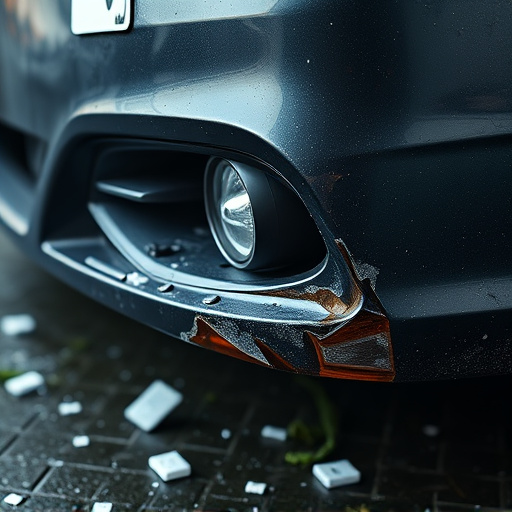
During a Tesla drive unit inspection using diagnostic tools, several common issues often surface. One of the most frequent problems is the malfunction of the in-car entertainment system, which can range from intermittent screen responsiveness to complete failure. This issue typically arises due to faulty connections or software glitches and can be troubleshooting by reinstalling the firmware or tightening loose cables.
Another area of concern is the accuracy of sensor readings, particularly those related to speed and navigation. Misaligned sensors or corrupted data can lead to inaccurate vehicle dynamics and navigation errors. Auto body shops specializing in Tesla repairs often address these issues through comprehensive frame straightening and calibration procedures, ensuring optimal sensor performance. For minor glitches, basic troubleshooting steps like restarting the drive unit or updating over-the-air software can resolve them, making it essential for owners to stay current with vehicle maintenance and updates.
A thorough Tesla drive unit inspection using advanced diagnostic tools is a game-changer for maintaining these complex systems. By understanding key components and leveraging modern technologies, you can efficiently identify and resolve issues, ensuring your Tesla’s optimal performance. Remember that regular checks and addressing common problems promptly are vital to avoid costly repairs and keep your electric vehicle running smoothly in today’s digital era.
